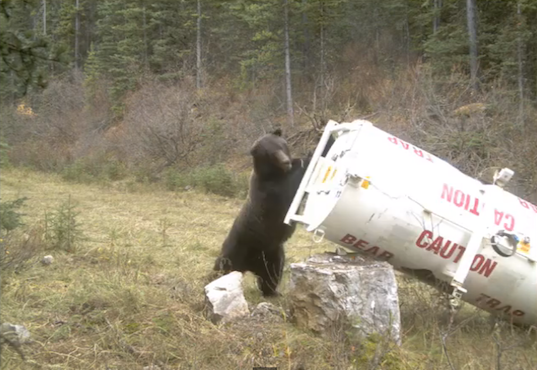The state of Indiana is proposing new rules that would require animal control workers to kill the animals they catch instead of releasing them.
The Indiana Department of Natural Resources has proposed any raccoons, oppossums and coyotes across the state caught by control workers be euthanized. The reason why, the agency said, is to prevent nuisance problems and stop the spread of disease.
Until now, the decision was left to the workers.
Wildlife groups and animal rehabilitation advocates say euthanizing potentially thousands of critters could hurt the population and is inhumane treatment.
“I don’t understand how the state can force me to do this,” said Advanced Pest Control owner Michael Meservy, who has been in the animal control industry for nearly 14 years. “How can they force me to kill things to get my license?”
The Indiana state director of the Humane Society of the United States asked the same question when speaking with IndyStar.
“This takes away any kind of discretion from these operators and those homeowners who want to use a more humane method,” Erin Huang said. “They won’t have that choice, and I don’t see the purpose for taking that away.”
In a document the agency released with background information and justification for the proposals, the agency said that raccoons can transmit and carry diseases such as distemper and rabies. These three animals are also known to cause damage to poultry owners by killing chickens and eating their eggs, according to the report from the Division of Fish and Wildlife.
“Euthanizing a coyote, raccoon, and opossum trapped under the nuisance wild animal control permit can prevent problems for others without harming the population,” the DNR wrote, citing high population levels but providing no numbers.
Meservy, however, said he fears that will not be the case.
The animal control worker said that he most frequently catches female raccoons and opossums, often with their babies, as they try to find a warm dry place to care for their young. If females and babies are disproportionately killed, he worries the populations won’t be able to recover.
“There is no way I can morally look at myself in a mirror knowing I’m slaughtering hundreds of animals a year,” said Meservy, adding he would consider closing his business if this rule is adopted. “This is not why I got into this line of work.”
The vast majority of his calls, he said, are from individuals and homeowners looking for someone who plans to release the animals. He said he occasionally has had to put an animal down if it is diseased or severely injured, but often works with animal rehabilitators to rescue others when possible.
Holly Carter is one such rehabilitator out of Zionsville who works with raccoons, squirrels, opossums and groundhogs, among others.
She said she was very upset after learning about this proposal, especially after she and others in her field had raised concerns to DNR in the fall about some wildlife nuisance workers’ treatment and indiscriminate killing of animals.
“It’s incredibly frustrating because this just goes in a completely opposite direction,” Carter told IndyStar. “I’m breaking my back trying to keep them alive and then this rule would require them to be killed.”
Yet some animal control workers such as Kirk Neuner believe this rule change is the most humane treatment for the animals, rather than releasing them.
Currently, animal control workers are allowed to release the wildlife they catch within the county they captured it and on land where they have permission.
But finding someone willing to provide that permission can be difficult, Neuner said, especially in more urban areas such as Marion County. Even if that is possible, the animal can then be stressed in a new location without knowing where to find food and water.
“So it comes down to what is your definition of humane,” said Neuner, who has owned his business Admiral Wildlife Services for 14 years and worked with wildlife for more than 40 years. “Mine is different than most people, but I think anyone that would have a problem with this doesn’t really understand what is the best thing for the animal.”
The animal control expert said he caught more than 450 raccoons alone during 2017. Businesses like his are brought in when an animal is being a nuisance, which he said is a learned behavior that the animal will take with it elsewhere if relocated.
“I can assure that if the DNR didn’t think this rule was the best thing for both animals and for people,” Neuner added, “then they wouldn’t have ever introduced this to begin with.”





The Yaima Cultural Village also houses a group of cute and playful squirrel monkeys, which are completely safe to interact with.